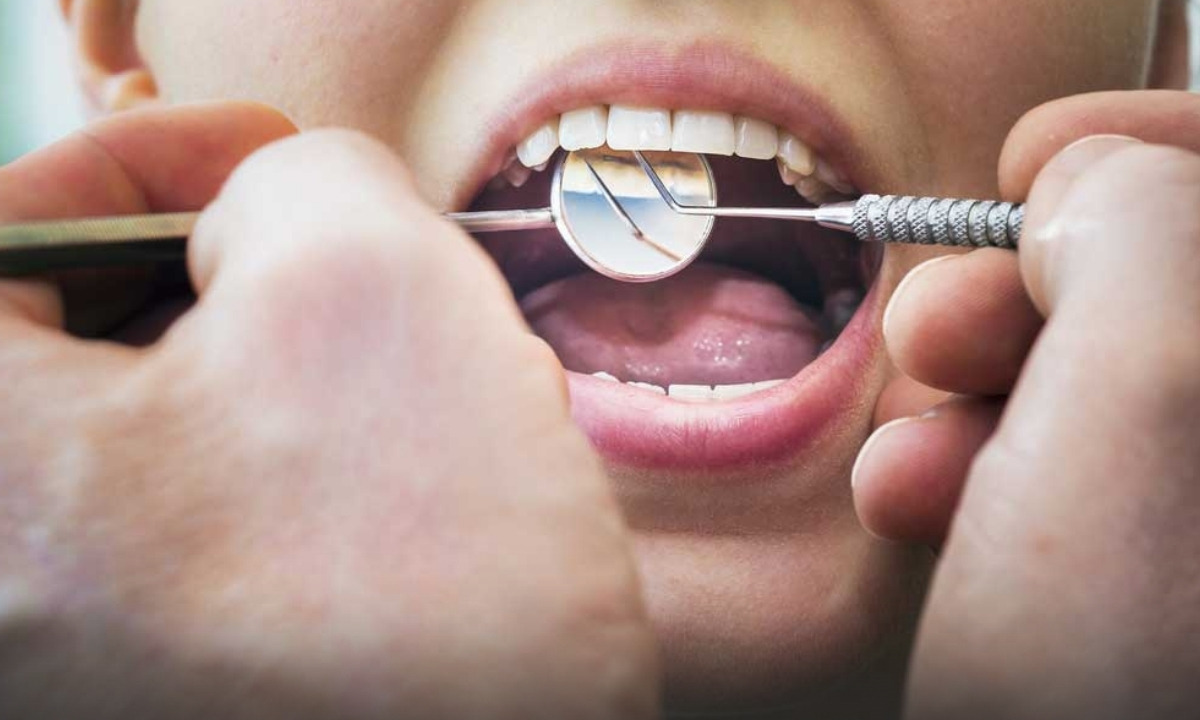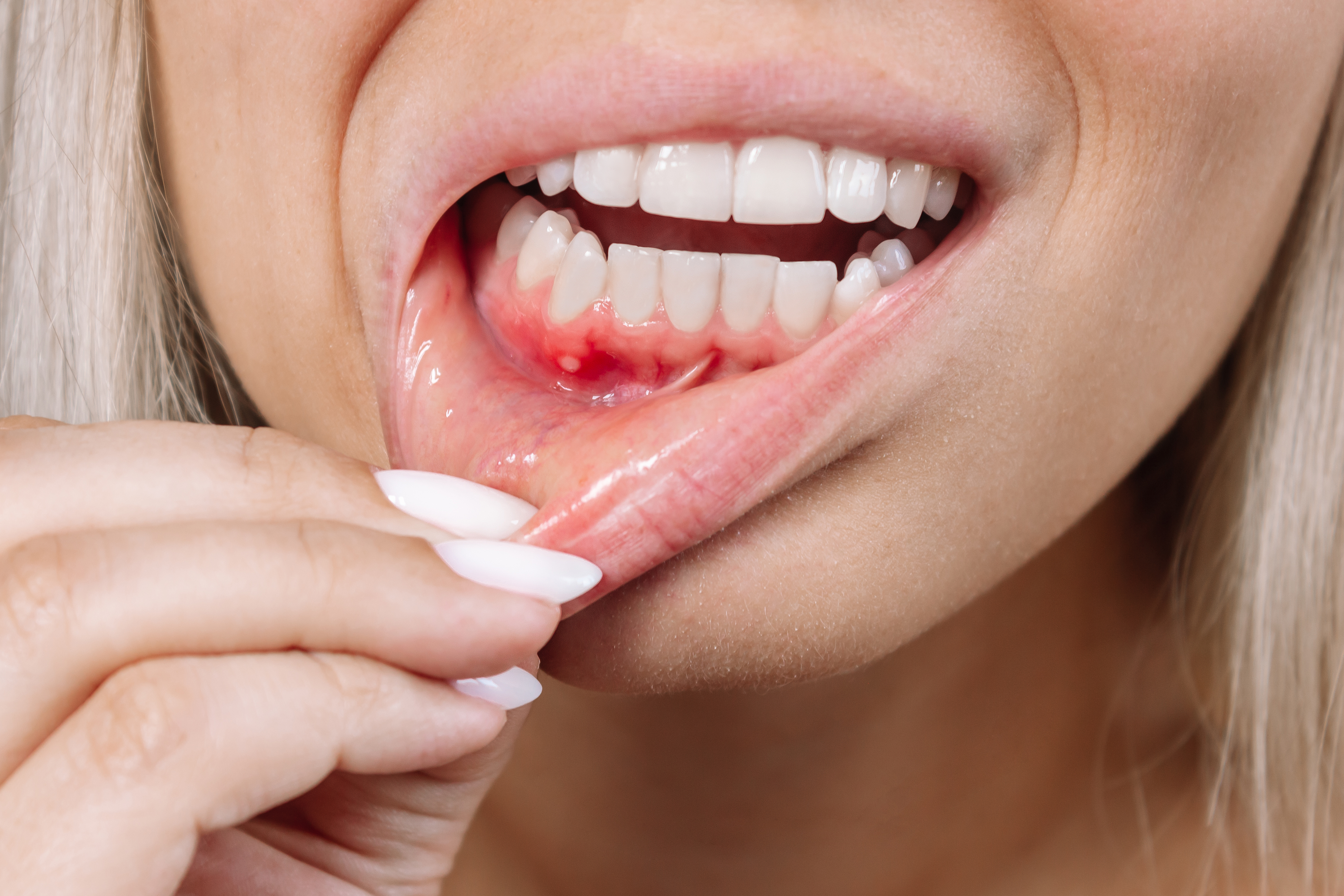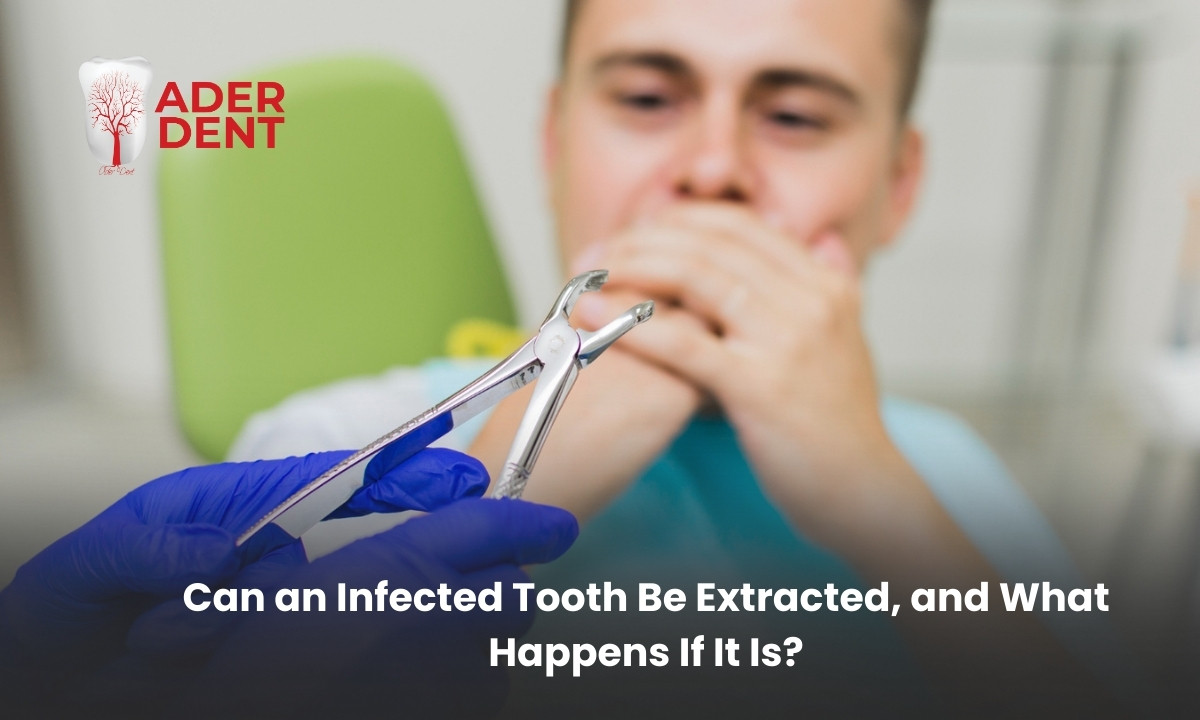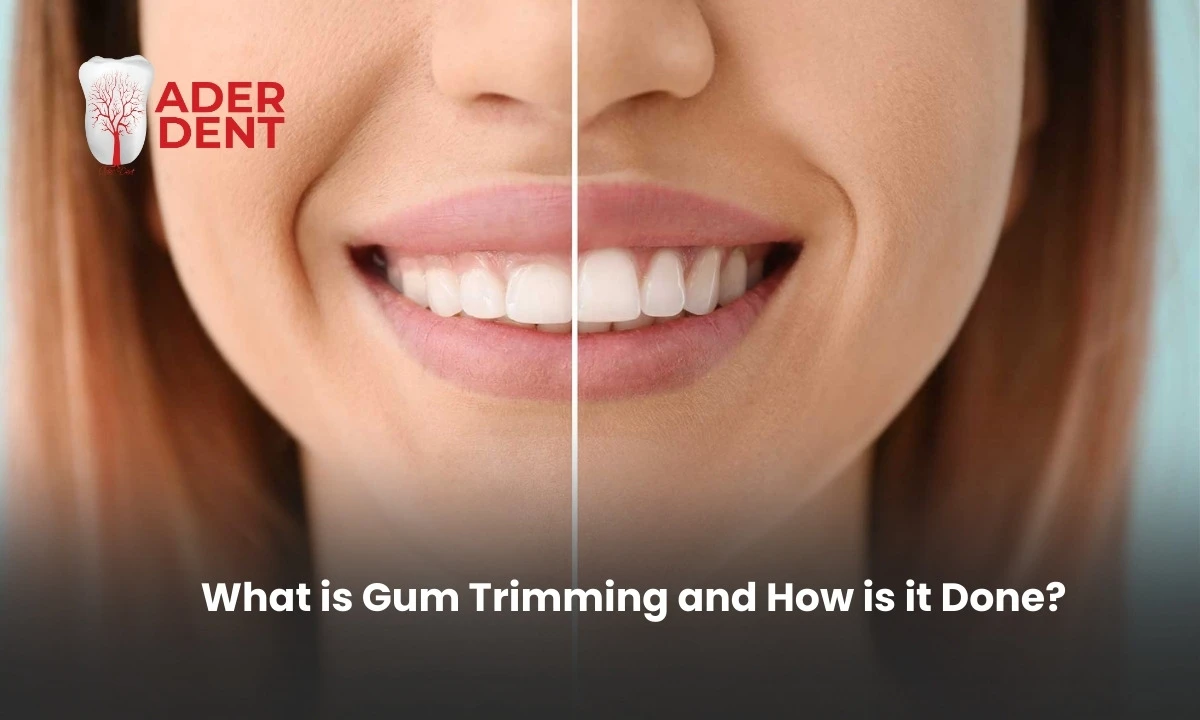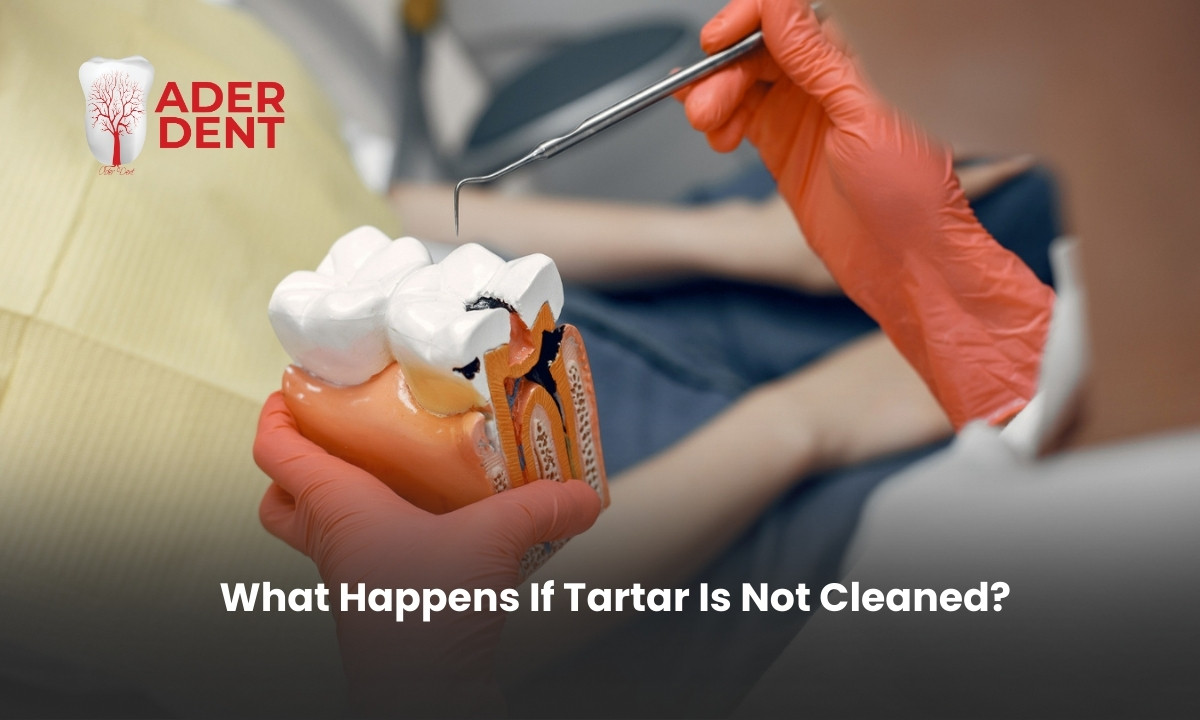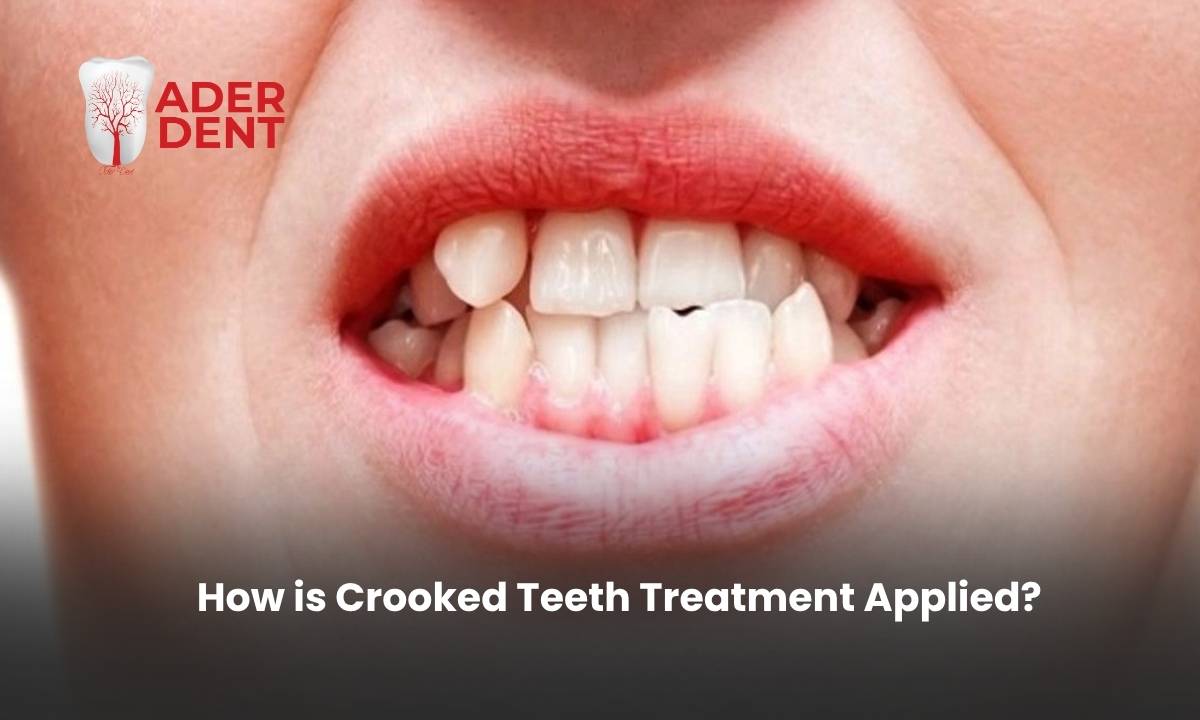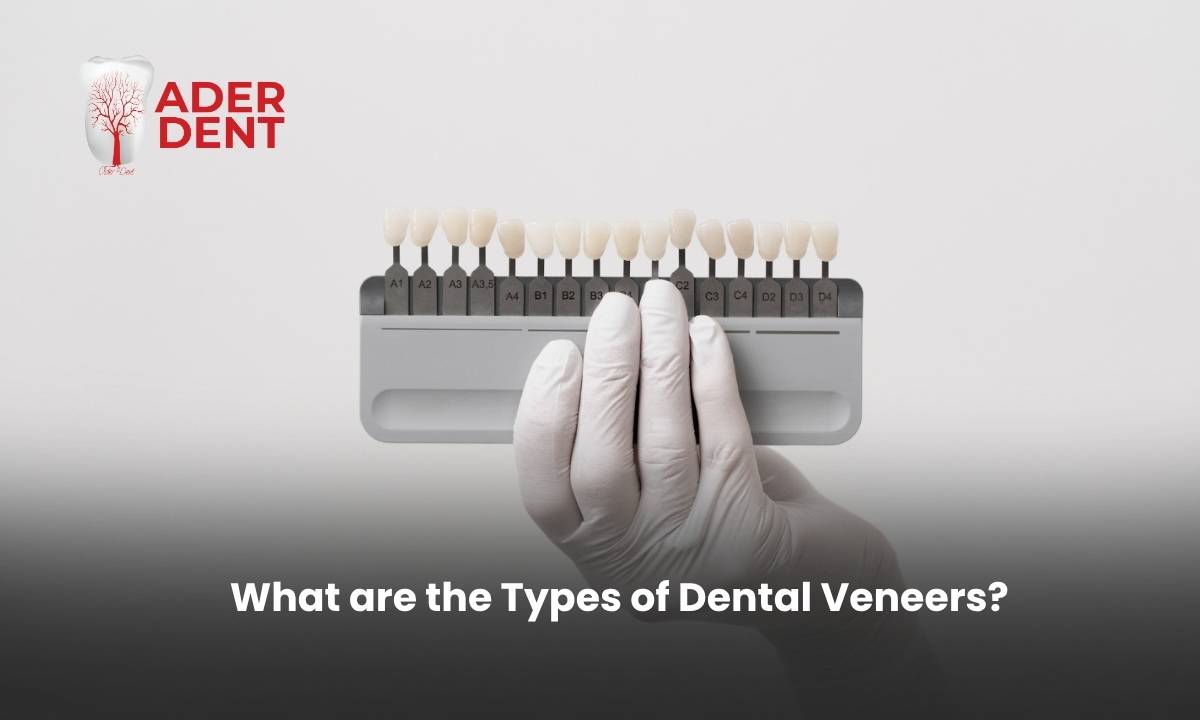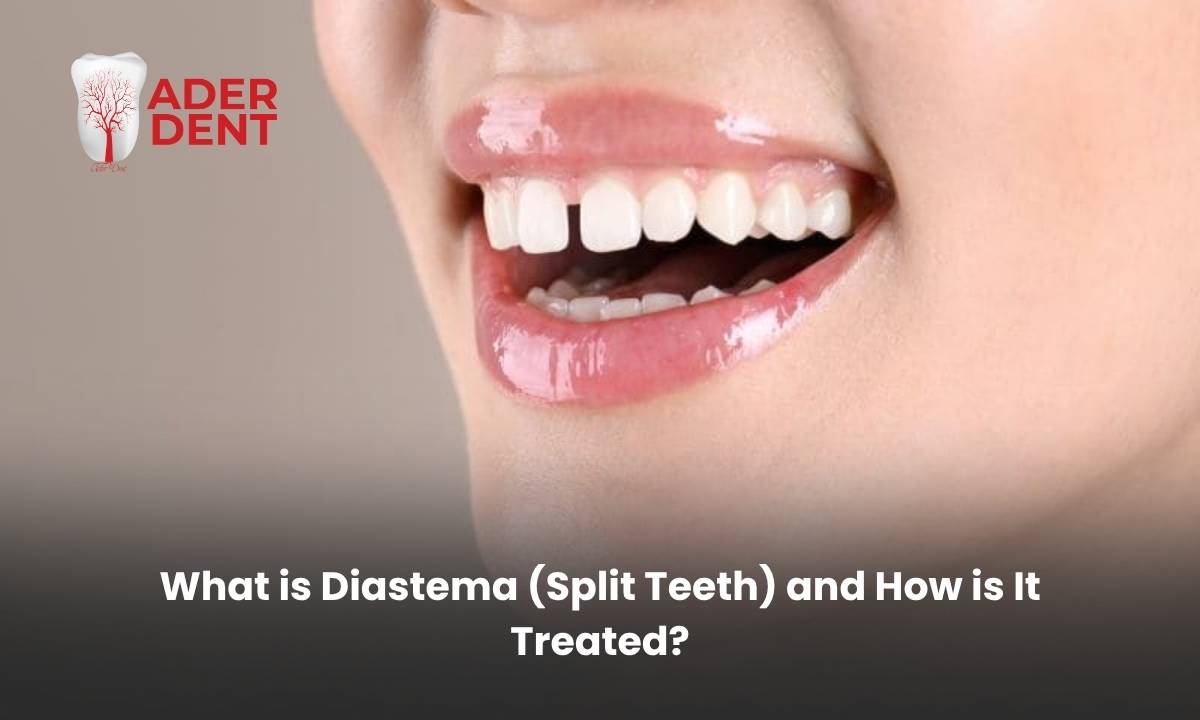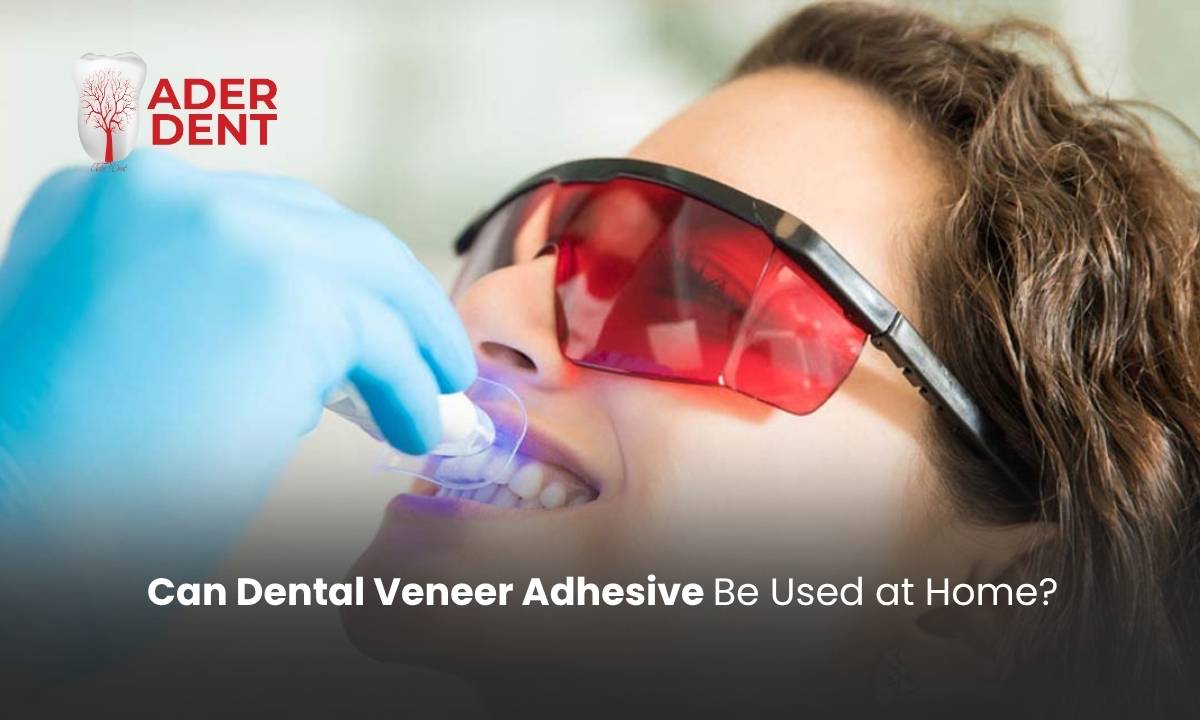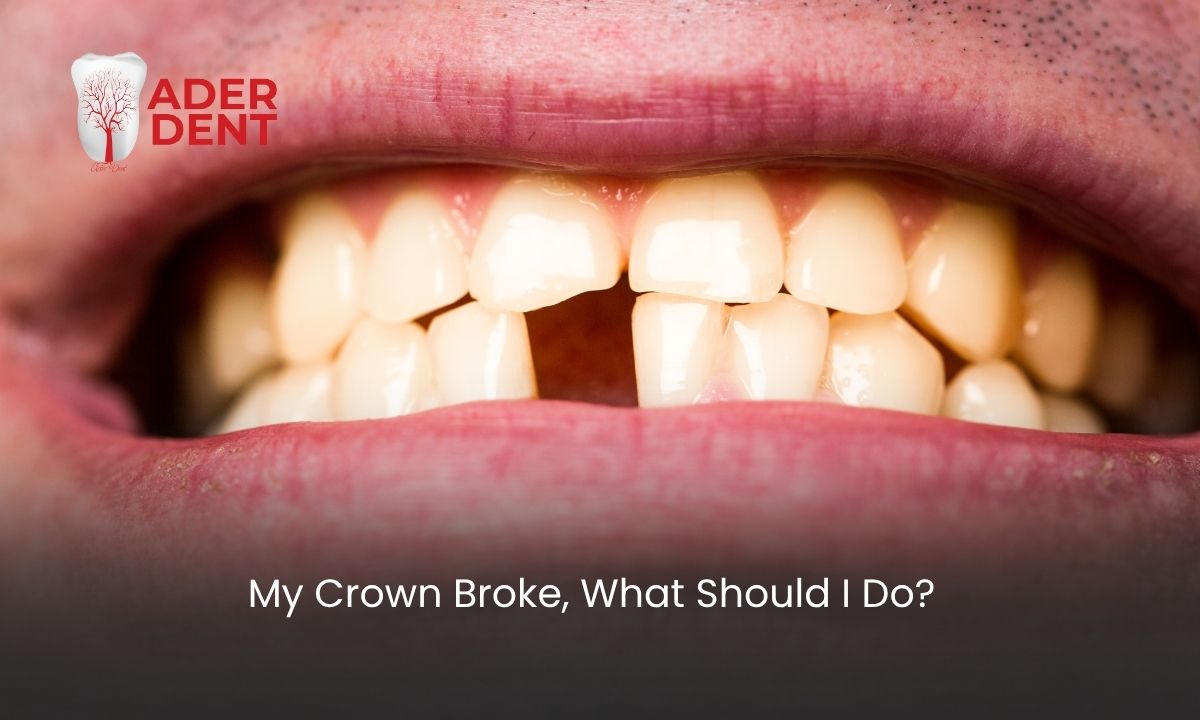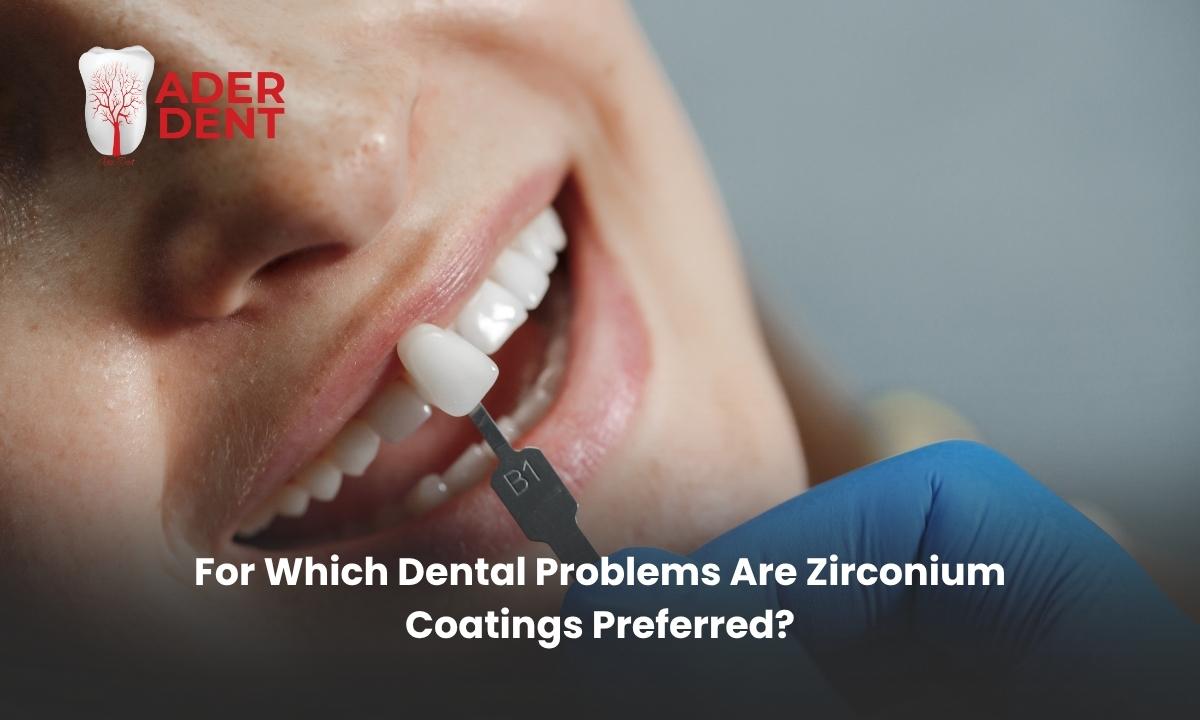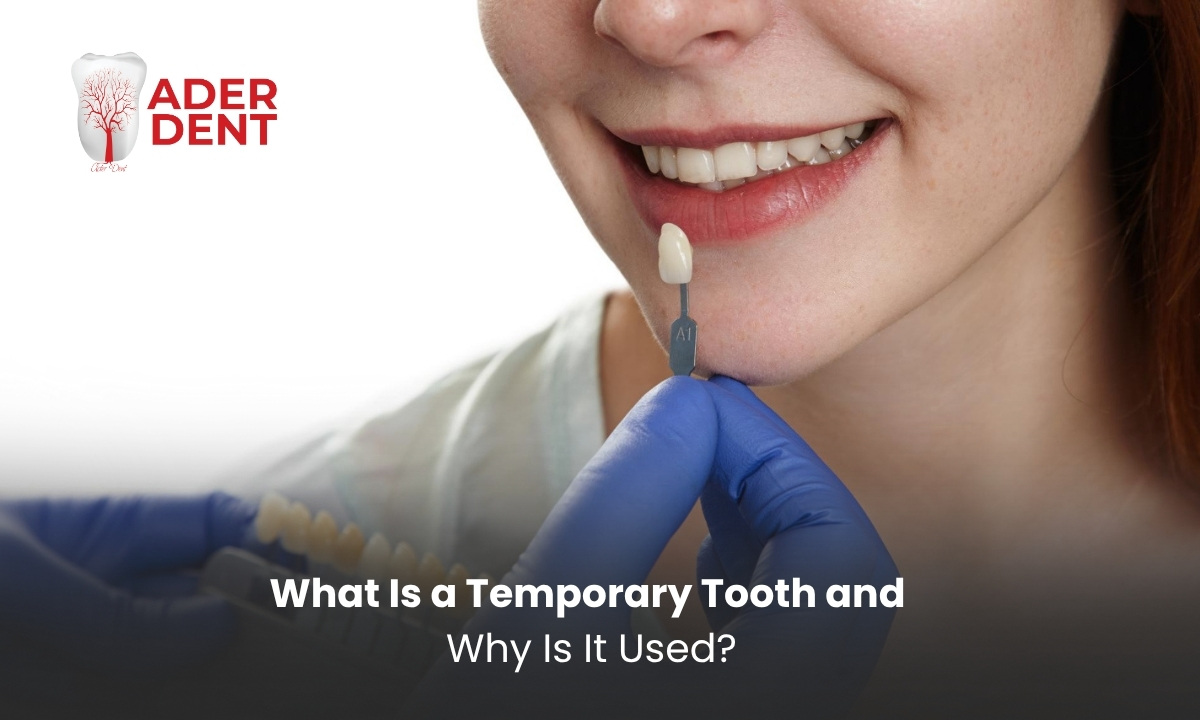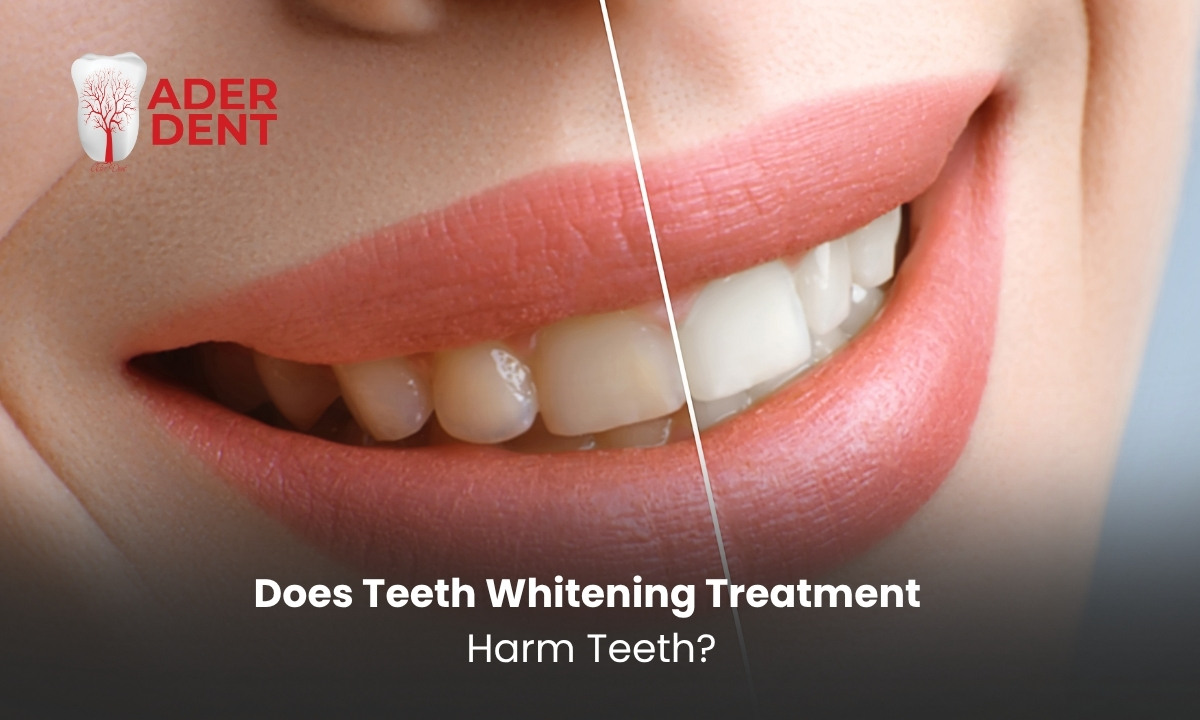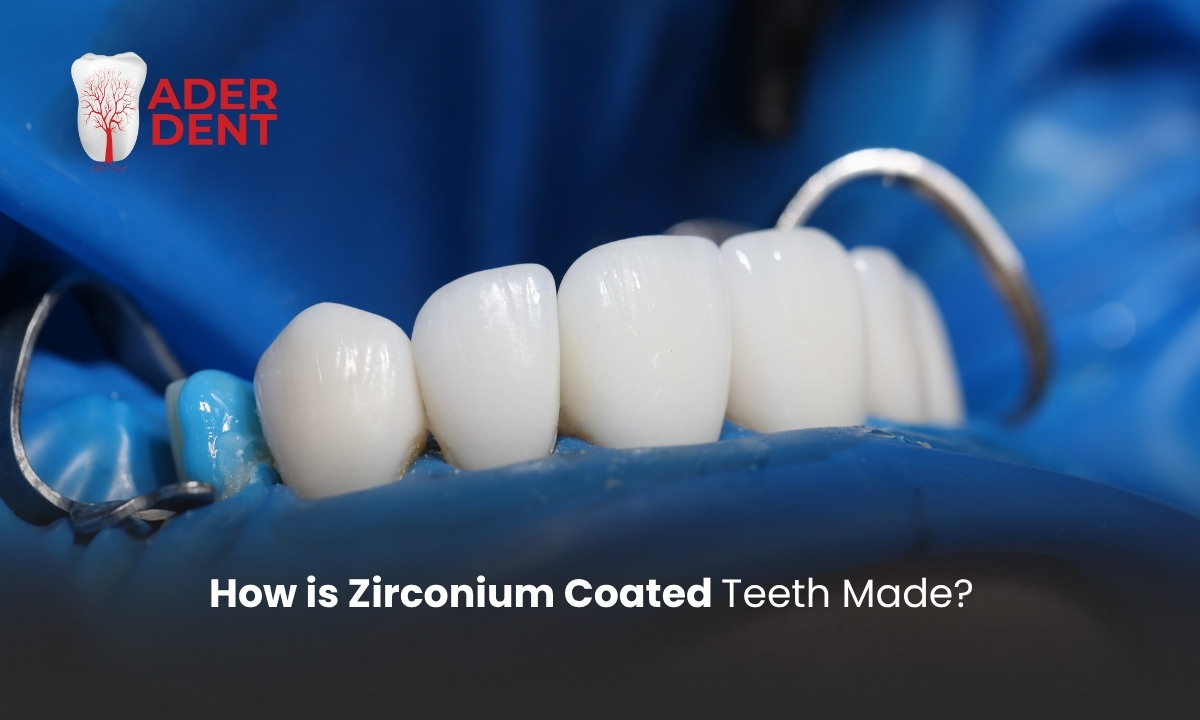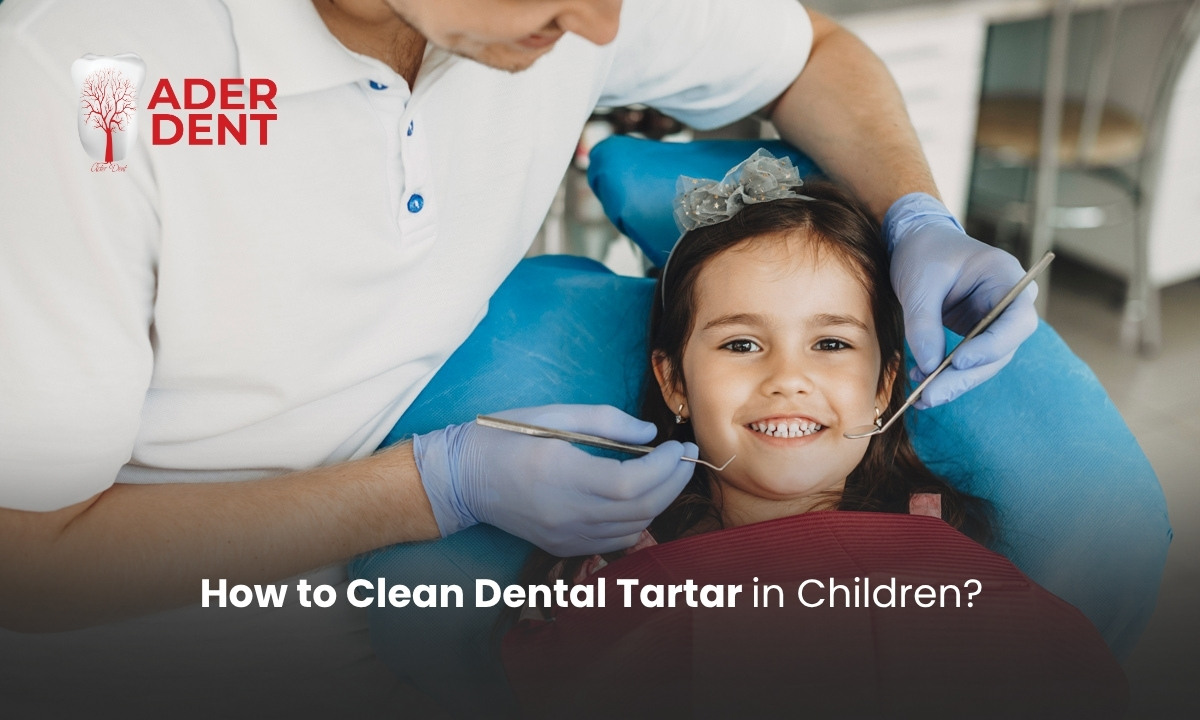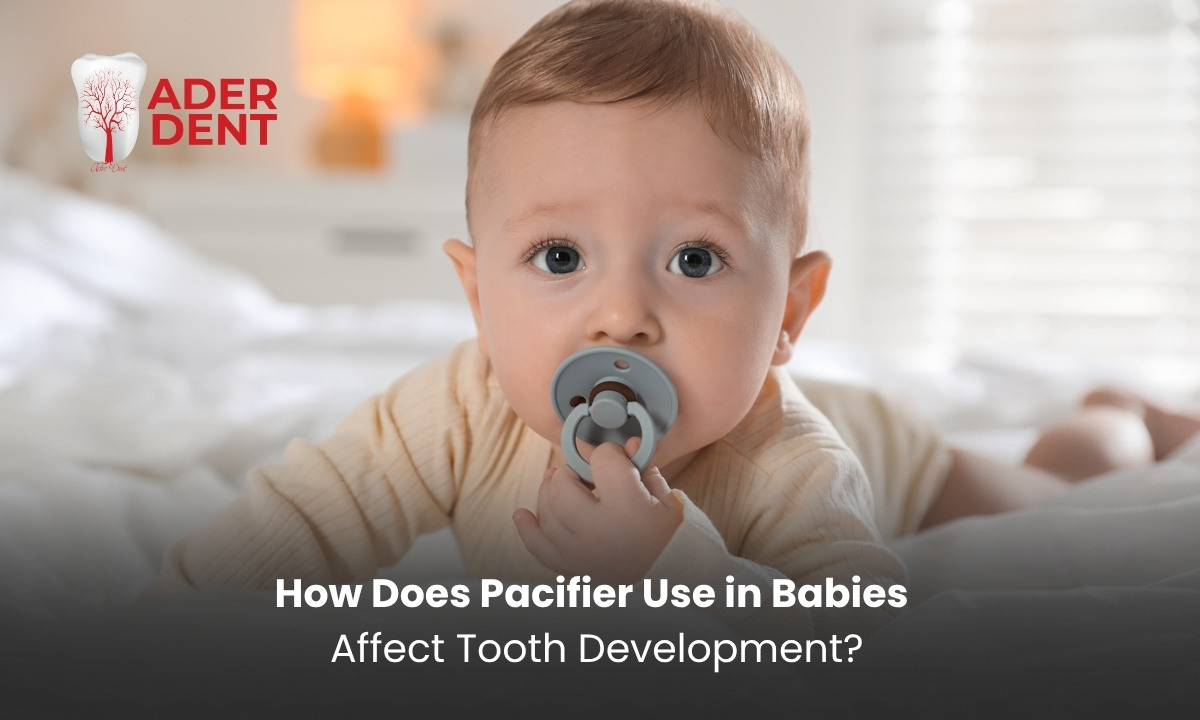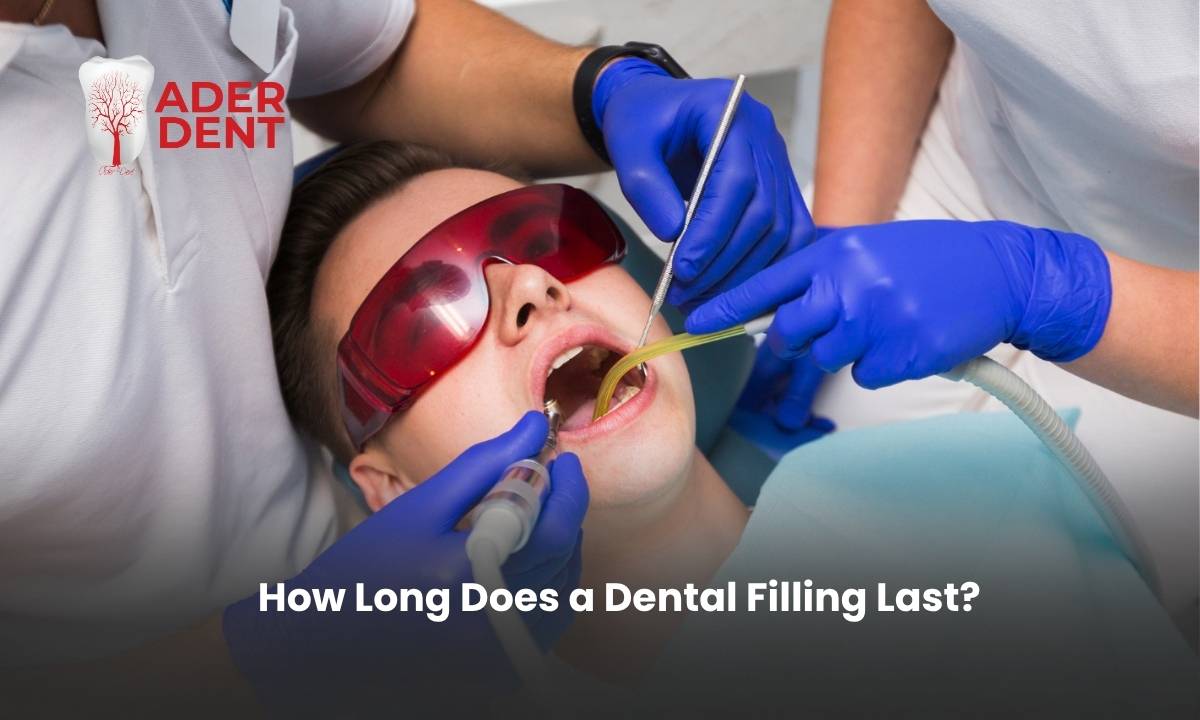
Filling treatment plays an important role in protecting dental health, helping a decayed or damaged tooth regain its function. But how long do these fillings last, and what factors affect their durability? In this article, we will discuss the average lifespan of dental fillings, the different durations based on filling types, and what to pay attention to for long-lasting fillings.
How Long Do Dental Fillings Last?
The lifespan of a dental filling varies between 7 and 30 years. This duration depends on several factors, including the type of filling material, the location of the filled tooth, the patient’s oral hygiene habits, and overall health condition. However, no filling is permanent. Over the years, the filled tooth may need to be treated again, depending on the material used.
The most important factor determining the lifespan of a filling is the filling material, such as:
- Glass ionomer filling: 2 to 5 years (commonly used for children),
- Composite filling: 7 to 10 years,
- Amalgam filling: 10 to 15 years,
- Porcelain filling: 10 to 15 years,
- Gold filling: 20 to 30 years.
Amalgam fillings are no longer preferred due to their mercury content and are not used in our polyclinic for aesthetic and health reasons.
When Is a Dental Filling Necessary?
Dental fillings are used for treating decay, stains, cracks, fractures, enamel wear, tooth sensitivity, and pain during chewing. Cosmetic dentistry also often utilizes filling treatments.
Tooth decay is the most common reason for getting a filling. Other causes include prolonged teeth grinding (bruxism), trauma (e.g., impact), excessive chewing, biting hard foods, and frequent consumption of acidic or sugary foods.
Fillings are also used in cosmetic procedures. For instance, small gaps (diastema) in front teeth can be filled with composite materials. Additionally, fillings are used to correct the color, shape, and size of teeth or to cover minor cosmetic flaws.
What Is the Lifespan of an Amalgam Filling?
Amalgam fillings typically last between 10 and 15 years. They are more durable than many other types. With proper oral care and hygiene, amalgam fillings can protect the teeth for up to 15 years.
Amalgam is a strong mixture of mercury, tin, silver, and copper. Because of its strength, it’s often used on molars or in cases of teeth grinding (bruxism). However, due to its dark gray appearance, many patients avoid it for aesthetic reasons. Moreover, its mercury content has raised safety concerns.
What Is the Lifespan of a Gold Filling?
Gold fillings last between 15 and 30 years. Depending on the location of the tooth, the patient’s hygiene, and overall health, this lifespan may even exceed 30 years. Gold is highly resistant to corrosion and wear.
Gold fillings are biocompatible with the human body, do not irritate the gums, and are rust-resistant. Thanks to their long lifespan, they are also cost-effective in the long term. However, they require specialized laboratory conditions for application.
What Is the Lifespan of a Composite Filling?
Composite fillings, also known as white fillings, last around 7 to 10 years. They are the most commonly used type. Composite is typically applied to front teeth or to fill small gaps. Being resin-based, they blend in well with natural teeth. However, habits such as smoking and excessive coffee or tea consumption can shorten their lifespan and cause discoloration.
What Is the Lifespan of a Porcelain Filling?
Porcelain fillings last between 10 and 15 years. With good oral hygiene, they may last even longer. Though not as durable as gold, porcelain has high strength and doesn’t stain like composite. For this reason, patients with higher budgets often prefer it. The main downside is that it requires at least two dental visits and is more fragile than other materials.
When Should a Filling Be Replaced?
A dental filling needs to be replaced if it becomes worn, eroded, cracked, displaced, or falls out. If the filling begins to separate from the tooth and secondary decay is detected, it should also be replaced.
Patients may also experience sensitivity in the filled tooth when consuming alcohol, acidic, hot, cold, or sugary foods. To eliminate this discomfort and restore dental function, the filling should be renewed.
How to Care for Dental Fillings?
The most important rule in caring for dental fillings is to maintain good oral hygiene. Teeth should be brushed regularly, dental floss should be used, and mouthwash should be part of the routine. In the first few days after the procedure, it’s best to avoid hard, hot, or cold foods.
Eating habits should also be considered. Hard (ice, nuts) and sticky (Turkish delight, gum) foods can damage fillings. Patients with teeth grinding (bruxism) should be especially cautious and consider using a night guard to protect their fillings.


 TR
TR
